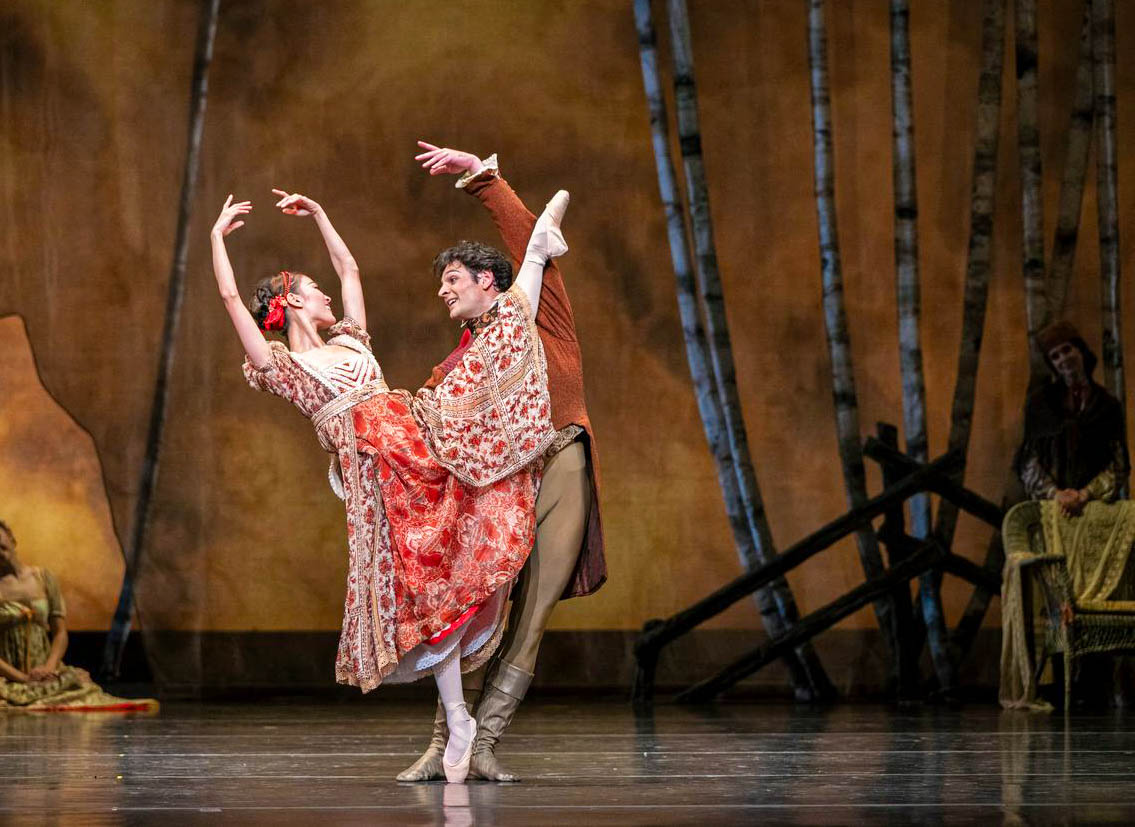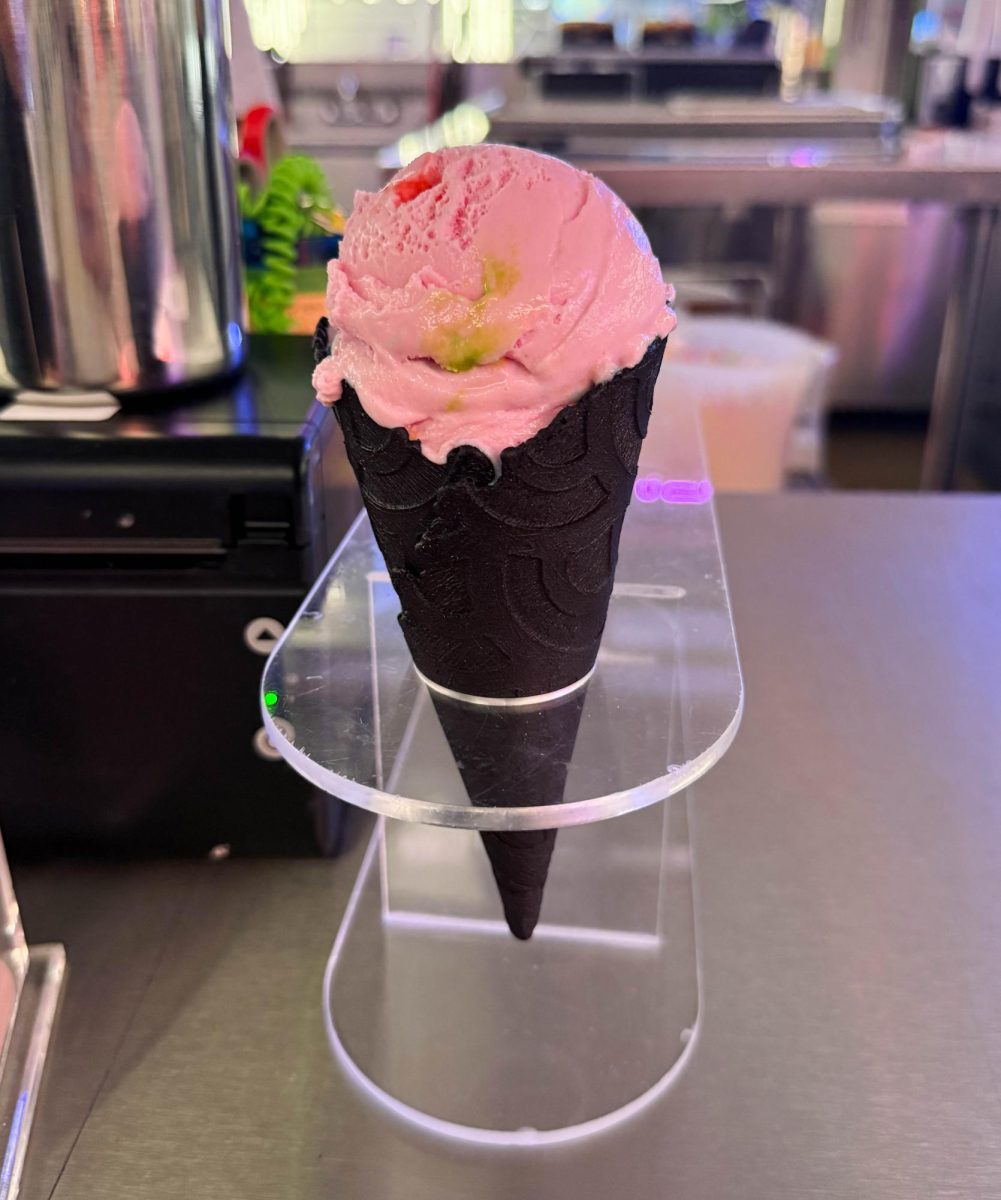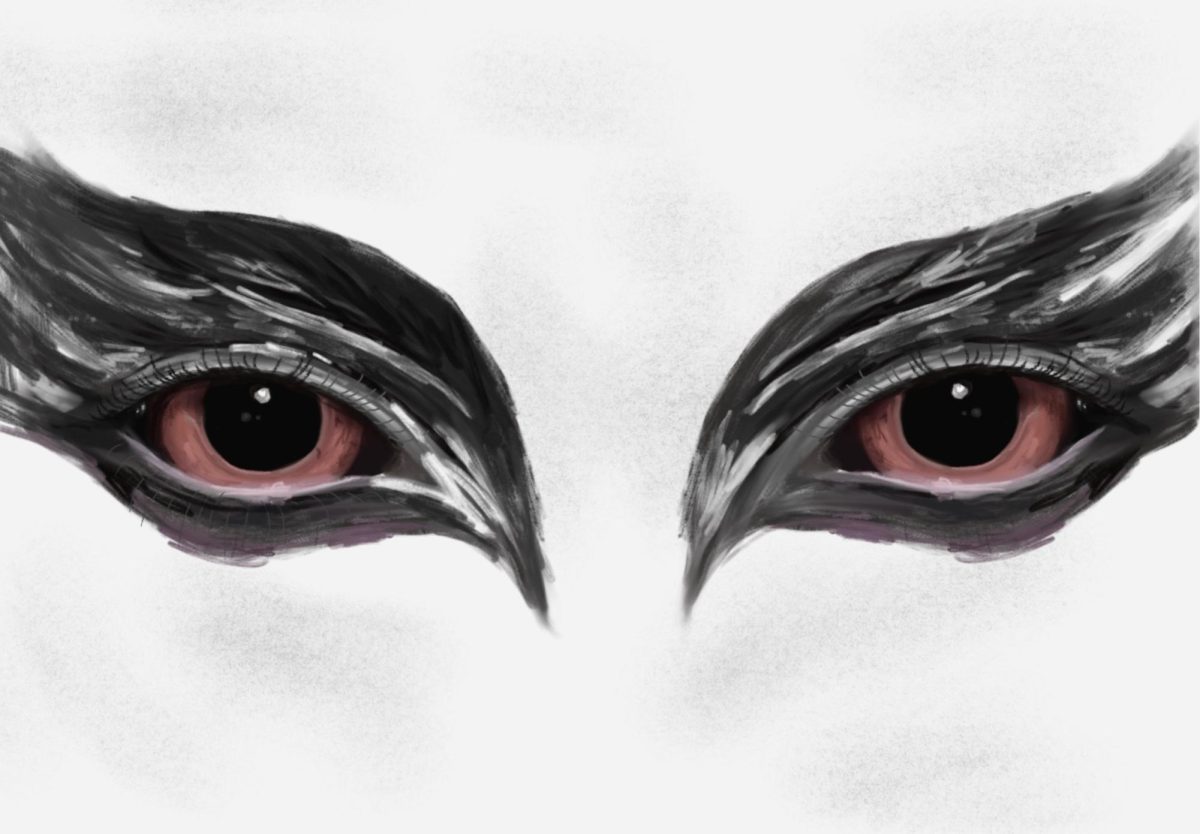Judgment regarding music tastes is common, but it is widely unknown that these opinions are often subconscious, especially when it comes to new, trending sounds like KATSEYE.
These recent stars have gained a massive amount of recognition, especially since the release of their newest EP (extended play), “Beautiful Chaos”, which contains five tracks: “Gnarly,” “Gabriela,” “Gameboy,” “Mean Girls” and “M.I.A”.
In a single year, this global girl group has become a music industry sensation — but what is the root cause of their quick and sustained success?
Backtracking to KATSEYE’s origin, all six members started as contestants in the reality show “Dream Academy”, which jumpstarted their fame when it got released on Netflix under the name “Pop Star Academy: KATSEYE” on Aug. 21, 2024.
Many of the members had notable artistic achievements even before they appeared on the show. Their main dancer, Daniela Avanzini, participated in both “America’s Got Talent” and “So You Think You Can Dance” long before her KATSEYE debut. Megan Skiendiel, the group’s all-rounder (a member considered strong in vocals, dance, and rap) was a J-pop trainee before becoming a competitor.
One of the main reasons why KATSEYE has been such an admired group is due to their diversity. Sophia Laforteza (leader) is Filipina-American, Lara Raj (main vocalist) is Indian and American, Daniela (main dancer) is Latina and American, Megan (all-rounder) is Chinese and Swedish, Yoonchae (maknae/youngest member) is Korean and Manon Bannerman (visual) is Swiss and Ghanaian. HYBE and Geffen Records knew exactly what they were doing when they formed this group—ethnic variety has become a popular method of audience attraction, especially as this was not typically seen in past generations.
However, this is not to say that their medley of backgrounds is the only reason that these specific members were chosen, though it did highlight them as role models in the music and K-pop industries. In fact, one of their recent songs, “Gabriela” from “Beautiful Chaos,” was based on Daniela’s Latina (Cuban and Venezuelan) culture. Not only did they incorporate cha-cha dancing, which originated in Cuba, but Daniela also sang an entire bridge in Spanish. This is one of the main reasons behind this specific track’s favor, as it was the second most acclaimed song in the EP. While it’s not my personal favorite in the EP, I really do love the choreography and the Latin-inspired style because of its fluidity and attitude.
When I started watching KATSEYE on YouTube, one of the members immediately caught my eye — Daniela. Because I come from a dance background, she inspires me not only due to her talent as the group’s main dancer, but also because of her stage presence and facial expressions. The latter two were especially noticeable, given that I have taken my dance experience into the theatre world. She has a kind of confidence in her movement that is really impressive, and she always looks to be having a blast and doing what she genuinely enjoys most. She motivates me to work to showcase that same love in my dance.
This describes a prominent K-pop aspect of KATSEYE’s that is one of the most practiced marketing tactics across groups, biases. Having a favorite member leads to fans scouring social media to find their posts, which, of course, leads to likes, subscriptions, record sales and ticket sales–all of which result in massive income for the group and the labels, HYBE and Geffen Records.
It is important to consider, though, if KATSEYE’s music is trendy because of its content, or simply because it has been commercialized as trendy. The issue with this dispute is that “trendy” is entirely opinion-based, meaning that their subject matter appeals to a majority of, but not all, people.
Their music, however, does illustrate many qualities similar to other trending songs, such as being upbeat and for the most part, repetitive and rhythmic. Still, one major piece of the puzzle is missing: their choreography. Dance has long been a vital part of social media, from stretching tutorials to TikTok dances. KATSEYE’s choreography is a huge factor to their persona as a group. Because it follows the patterned nature of their music, the two go hand-in-hand. They have created a win-win situation and as a result— it is rare to find their music without the dance, or vice versa, almost anywhere on social media.
My personal favorite song of theirs, from both a musical and choreography perspective, is “Gnarly.” I was one of those people who didn’t really get the hype of it until I started hearing and seeing it more, and I still can’t get it out of my head. “Gnarly,” according to Billboard, was the most popular song in KATSEYE’s “Beautiful Chaos” EP, which, in itself, won half of that week’s (June 27) vote. “Gnarly” seems to truly stand out amidst audiences because of how different it is from KATSEYE’s traditional genres. It focuses on hip-hop choreography and funky, rap-based music, rather than their typical softer, more vocal-heavy tracks. The album’s three other songs (“Gameboy”, “Mean Girls” and “M.I.A”) placed last, to my disagreement, by popular opinion. The only one in this trio I feel deserves to be near the bottom is “Mean Girls”, because I love more upbeat songs, which both “Gabriela” and “Mean Girls” don’t fall under in my mind.
I keep up with KATSEYE through their YouTube channel, and I can’t help but notice how effective their habits of staying on top of other trends and posting consistently are. They post nearly every day, and have a strong presence on multiple popular platforms across several age groups, including YouTube (on which they have a following of nearly 3.8 million) TikTok and Facebook. They never fail to keep up with timely fads. One of my personal favorite examples is their YouTube post of Daniela and Yoonchae dancing to a remix of their song “Gnarly” and the recently popular sound from “Ruby Chan Hai” on July 26. I absolutely fell into the trap of combining a viral sound with an equally, if not more viral dance of their own. I also enjoyed that this was a less serious video, and rather a more friendship-based, casual performance that helped me establish such a connection to it.
Believe it or not, in addition to the social aspect of KATSEYE’s celebrity, there is a physiological element. Many parts of the human body are based on rhythm: our heart beating, the rate of our blinking, even how fast we breathe. Because of this, we are biologically attracted to externally rhythmic patterns, such as those found in music – especially the catchy, earworm-prone songs we hear on social media. This also applies to their equally addictive choreography.
While KATSEYE’s music is mostly upbeat, which makes it ideal “feel-good music”, the scientific truth as to why it is so enticing is hidden in more specific parts. KATSEYE is excellent with patterns in their music, from the repetition of choruses to the identical or near-identical melodies of verses. Because of the familiarity that those provide, the listener gets a sense of comfort and peace from the consistency.
This circles back to how social media comes into play. The algorithm plays their songs over and over again, each time intensifying that feeling of acquaintance and pleasure. KATSEYE’s rapid growth and maintained stardom are not results of social networking strategies or biological human tendencies, but a combination of both. Social media relies on the human desire for communication and belonging, and KATSEYE and their management have figured out exactly how to formulate their services and products to use humanity for profit and power.
While that may sound immoral, it is simply a method, and a helpful one at that, of such industries for commercialization. As for the group itself, it is expected that they will continue to grow in popularity due to their community and physiologically-based- strategies. We are only human, so we will continue to play into this as consumers. Keep in mind, however, that KATSEYE and their behind-the-scenes staff are also human, and they have to wield our nature against us as a method of survival. It is not manipulation, but self-preservation.



















Vaishali Raol • Sep 16, 2025 at 8:26 pm
This helped me learn so much about KATSEYE!!
Ishani Kaushik • Sep 15, 2025 at 11:36 am
Great review
Ansley Browning • Sep 11, 2025 at 6:55 pm
I loved this so much!!! I also love Katseye
Mariam • Sep 9, 2025 at 4:40 pm
This is soo good also I love katseye
Sophia Sorena • Sep 8, 2025 at 6:31 pm
I loved getting more insight into such a popular group right now!
Catherine • Sep 8, 2025 at 1:56 pm
This was such a fun read!